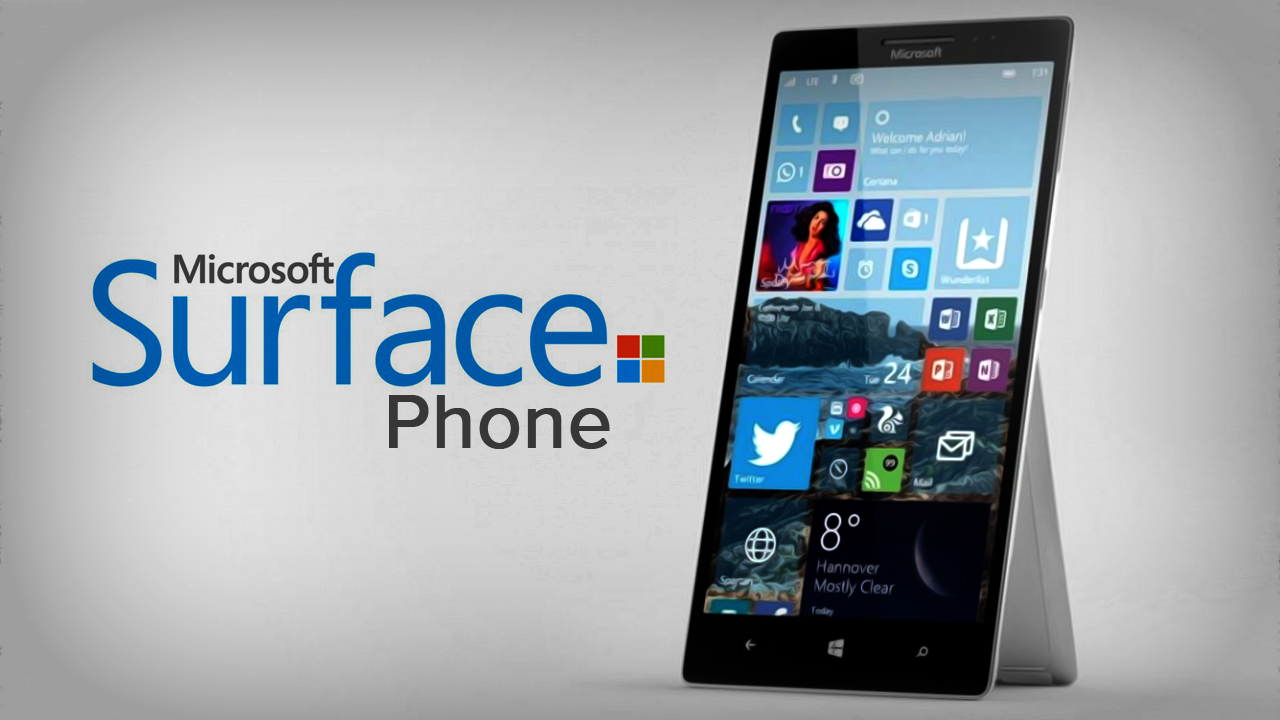Microsoft is only bowing out of building phones: not Surface Phones.
Yes, Microsoft has sold its Lumia brand, but that does not mean it’s getting out of the phone business, especially with plenty of rumors still surrounding the mysterious Surface Phone, a device that is sounding more real with each new whisper, and each new benchmark screenshot that emerges under different code names and attributes.

With that said, we must take a closer look at what kind of phones Microsoft needs to focus on, and there is a way to see Microsoft doing away with the Lumia brand as a necessary measure, simply because Lumia phones have, if anything worked against Microsoft’s mobile strategy, for far too long.
Let’s not get ahead of ourselves, the Lumia brand served a purpose, which is the one of being a testing platform to perfect Continuum and the Surface Dock, but it’s time for Microsoft to focus on some serious mobile hardware, and Lumia has never been it, as much as Surface is going to be.
Surface is Microsoft’s flagship brand, and it’s almost surprising that the Redmond tech giant has gone so far with Lumia, instead of focusing on further consolidating the Surface brand as one ecosystem, which is the only way to compete against Apple, and its well established line of tablets, phones and laptops.
Lumia could never compete with the iPhone, no matter how good the hardware is, and no matter the features. However, a Surface Phone would have plenty to stand on, starting from a series of tablets and laptops like the Surface Pro and Surface Book, capable of closing the loop and establishing Microsoft’s brand as a solid ecosystem, just as Apple has.
This is an important step for Microsoft, and one that is expected to cause ripples through its range of devices, including wearables like Microsoft Band, which we hope it will ultimately run Windows 10 IoT, instead of its current blend of firmware-based architecture.
What a Surface Phone will bring to the table is still a mystery, but we can make some safe assumptions: the first of which is that everything from the CPU to the graphic capabilities, storage and battery life will likely be engineered around the ability to serve as an auxiliary desktop computing device, in a way that Lumia could never do, by making user of wireless technology to connect to external displays, instead of having to rely on a wired dock. This also means wireless compatibility with pointing devices and keyboards, as well as peripherals, like printers and scanners, in a similar way as most smartphones do with Wi-Fi based printing in iOS and Android.